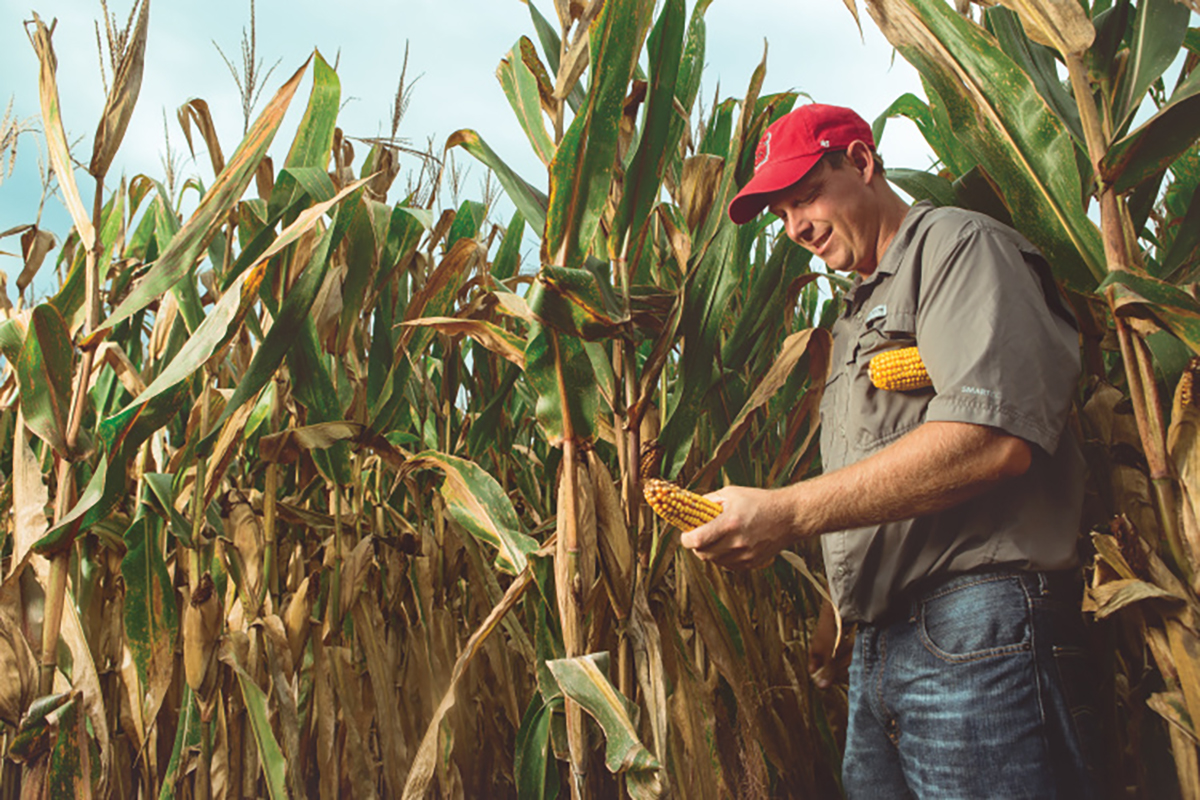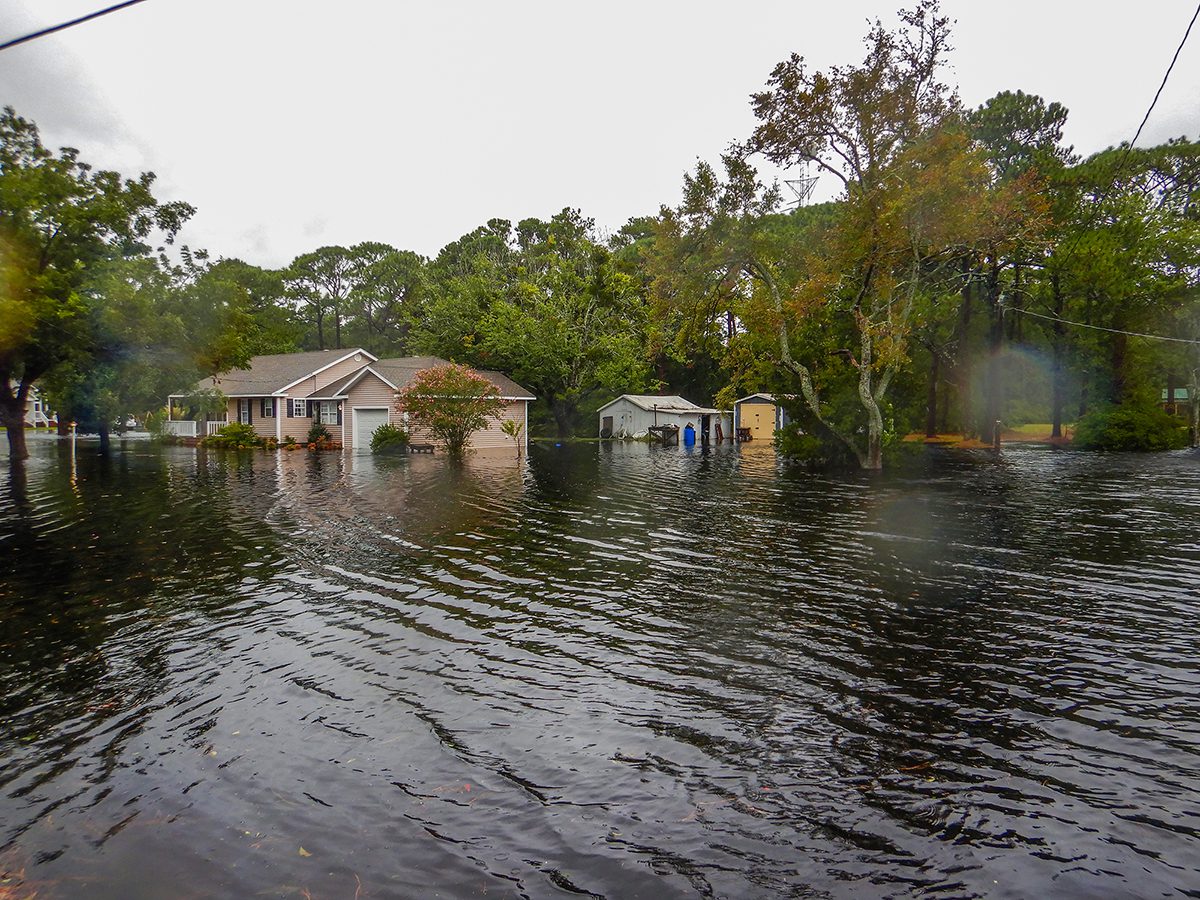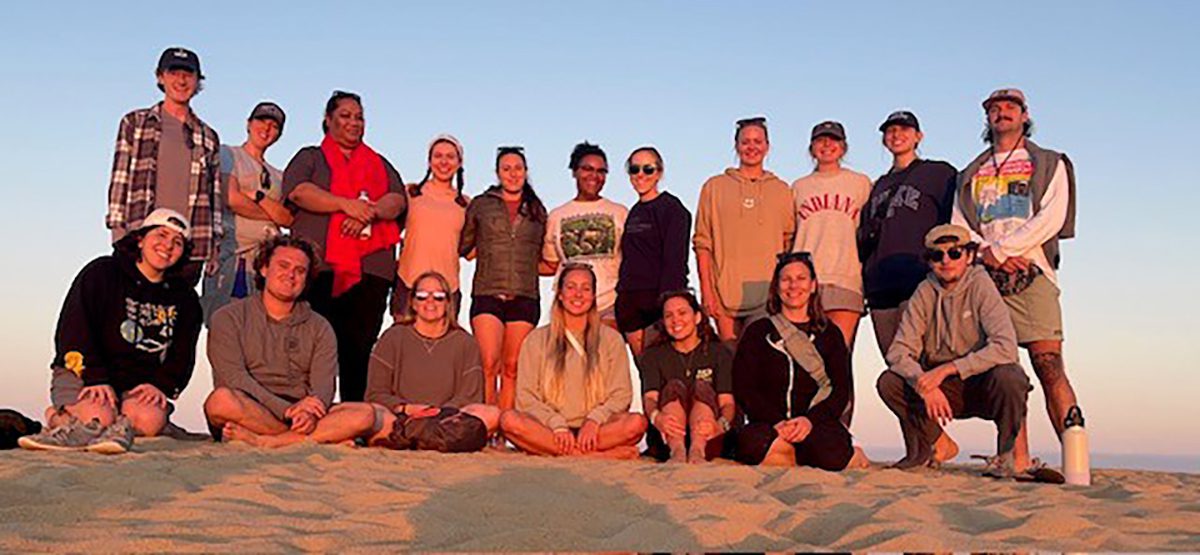
This is part of a series of special reports by Catherine Kozak, who attended the COP26 climate conference held in November.
GLASGOW, Scotland — At its essence, agriculture is science, and food is fuel. But it’s the farmer and the cook who transform each, respectively, into creative human endeavors that serve as scaffolding for society and culture.
Sponsor Spotlight
The 26th United Nations Conference of the Parties, or COP26, cited the interconnection of global agriculture with our global food system as one of the most critical climate issues facing humanity.
Global agriculture has suffered a productivity loss of 21% in the last 60 years as a result of climate change, yet global food production must increase 56% over 2010 levels to meet the needs of the world’s population in 2050.
That alarming assessment was part of what’s behind ClimateShot, a campaign to transform agricultural innovation featured in November during the global climate summit COP26.
Also described as the “global action agenda for innovation in agriculture,” the effort is intended to drive creative solutions with an alliance from food, farm and climate sectors. But the convergence of climate change issues in just northeastern North Carolina farms indicates the complexity of the challenges.
Sponsor Spotlight
“A ClimateShot would make food systems more sustainable and climate-smart,” according to material about the program provided at the conference. “Such innovation will make sustainable agriculture more affordable, attractive and more widely adapted than unsustainable practices around the world by 2030, to the benefit of people, nature and the planet.”
It’s not that agriculture as an industry hasn’t tapped cutting-edge techniques, such as drones to GPS on tractors to satellite tracking that can monitor and test soils and rainfall and crops, but more nature-based practices are needed to mitigate the effects of agriculture on the climate, Robert Beach, a research fellow in agricultural, resource and energy economics and policy program at RTI International in Raleigh, told Coastal Review at COP26.

“Farmers tend to be a group that doesn’t tend to believe in climate change,” he said. “Sort of ironically, farmers are potentially one of the more affected groups.”
Beach, who grew up on a dairy farm in Pennsylvania, said he understands why people in a profession that has constantly adapted to weather and changing conditions would be skeptical. But as a scientist, he also appreciates the urgent need for agriculture to adopt new climate-friendly practices.
“Fertilizer is one of the biggest sources of nitrogen oxide in the world,” he said, referring to a top greenhouse gas culprit that can also cause dead zones and algal blooms in water bodies.
But some of the new farm machinery can access data that allows fertilizer to be applied more precisely to the needs of the crop.
“Potentially, they can save money and avoid over-application and reduce some of the runoff,” Beach said.
No doubt, agriculture has gotten more efficient, he said, but more climate-smart tactics will be required for productive and sustainable farms into the future. For instance, scientists could solve lots of challenges by creating seeds for plants that are salt-tolerant and adaptable to different conditions.
“I guess that’s the silver bullet,” Beach said. “It doesn’t need fertilizer and it grows no matter what.”
Jeff Sparks, president of the Blacklands Farm Managers Association, said that since about 2014, the northeast region has been pummeled by storms that come more frequently and dump record amounts of rain. Based in Washington, in Beaufort County, the group was established in 1970 to represent farmers in Beaufort, Hyde, Tyrrell, Washington and, later, Carteret counties. The group currently has about 500 paying members.
Sparks, who runs Green Valley Farms in Columbia, in Tyrrell County, said that the flooding in the last nine years or so has hurt the farm economy in the region.
“It doesn’t really matter what farm prices are … if prices are cheap or high,” he told Coastal Review. “If you have nothing to sell, you know, you still have nothing.”
But with more moderate weather during the last two years, farmers have been able to build back some of the lost capital.
Besides increased numbers and intensity of rain events, Sparks said there has also been issues of saltwater intrusion in some low-lying lands in Tyrrell and Hyde counties, But still, he’s not jumping on the climate change bandwagon.
“I think we’ve got climate cycles and if you go back and look at 2,000 to 3,000 years of history, it’ll show you that the climate runs in cycles. You know, hot wet spells, cool wet spells. So, I don’t know if we have anything majorly changing,” he said. “The way I view a lot of this is that man didn’t build this world and man’s not going to tear it up. So that’s just the way I look at it. The good Lord is in charge of it, whatever happens, happens.”
At the same time, Sparks is not in denial about the effects of warming temperatures — such as how thunderstorms build higher and hold more water — or the unique challenges facing his region.
“If we go back and look at all of our history and our scientific maps and everything, we’re talking whether it be climate change or climate cycles, the ocean here used to back toward the Rocky Mount way,” he said. “They’ve got evidence. Even where we are, we dig down 20 foot deep, and we’ll find seashells.
“Maybe one day this might be water. We don’t know. It’s just so many things we don’t understand. Some of these scientists we got, I get a little aggravated sometimes, I say we know more about up there where the stars and moon is than we do right here under our own feet. You know, there’s a ton to learn here, but it seems like we don’t want to.”
With elevation in the five counties ranging from 30 feet above sea level at the highest, and about 3 feet below sea level at its lowest, miles of canals and numerous drainage districts crisscross the lands. Farmers are trying to adapt to more floods and higher groundwater levels by building dikes higher and putting more pumps in to get the water out, Sparks said.
In the more isolated areas such as in Tyrrell, he said, they can pump water straight up to the Alligator River, but areas toward Washington county, drainage districts are more common, since water has to flow through the properties of multiple landowners.
Some of the older gentlemen in their 80s who have fished their entire lives in the Albemarle and Pamlico sounds and the ocean seem to think, he said, that the ocean hasn’t really risen, at least compared to the inland waters.
“They’re saying with all these big rain events we’ve had in the last 10 years that a lot of the sediment from upstream — Raleigh way, Virginia way — has filled these channels in and the water can’t get out of here. When the tide backs in, it just stays in forever.”
That means that the canals would have to be dredged to improve drainage, which Sparks said should be the responsibility of the U.S. Army Corps of Engineers. The issue was raised about three years ago by the association, which had hired a water drainage management specialist. They met twice with then-state Department of Environmental Quality Secretary Michael Regan, who is now the administrator of the U.S. Environmental Protection Agency.
“We thought we were really making some headway and trying to get stuff done, and well, then the world fell apart last year, and everything’s just been kind of forgotten about,” he said. “I think we’ve got some good momentum to move forward with it, once we get everything kind of behind us.”
Although the region’s black soil is rich and productive, the floods have taken a toll.
“There used to be a lot of vegetable crops in this area — sweet corn, cucumbers, cabbage, lettuce — and it really kind of faded out whenever the heavy rains started 10 years ago. And then you were just losing everything.”
They’re still growing corn and wheat and soybeans. Vegetable crops have been mainly moved up to the sandier regions around Chowan County that drains better but can also be irrigated if needed.
But he said that it seems that the scientists working on crop genetics and engineering are breeding plants that can cope with drought stress and dry conditions.
“They’re not really pushing for anything that can grow in 80-inches-of-rain-a-year environments,” he said. “I mean, that’s one of our issues.”
Sparks said that he has told some of the agricultural experts he has talked with at numerous meetings that they need to develop crops that can handle saturated soils for prolonged periods.
“You know, when they go back and look at the bulk of the crop area in the U.S. or the world, it’s like less than 5% is probably this way. The other 95% is facing dry issues more so than wet issues,” he said.
But the farmers are open to trying new crops — past ideas about growing hemp or mustard seed for biofuel never materialized — and innovations, as long as they can make a living.
Some innovations, such as a 2021 study that showed that covering 4,000 miles of irrigation canals in California with solar panels would save 65 billion gallons of water annually from evaporating while generating power on land that is already being used, may someday be adaptable to North Carolina farmlands, he said.
And cover crops to reduce insects and protect soil are starting to be used more.
In a normal season with moderate rain, cover crops could cut the need for one or two herbicide applications, he said. Overall, pesticides and herbicides are not working as well, and farmers are rotating their crops more than they used to and managing nutrient applications.
Fertilizer went up 600% this year, he said. In November 2020, a ton of nitrogen cost about $170. Today, it’s about $625 a ton. And it’s predicted to go up another $200 by spring.
As is the nature of the profession, farmers are trying to figure things out as they continue working.
“I know there’s all these carbon credits. So much of that, nobody knows. Everybody explains it, (but) it’s like the Wild, Wild West.”
One challenge, he said, is measuring carbon while taking into account offsets for energy and nitrogen fertilizers used to grow the crop.
“So you know, that’s kind of a Catch-22 that we’re not sure about,” he said. “We’re in a sustainability fad, and every company and organization had to have a certificate or a plan for sustainability. The beef industry, the pork industry, the corn industry, soybeans — the whole group has spent billions, I’d say, in the last seven or eight years to come up with this because this is what the consumer wants, and (what) the world wants. So, this is what we’re trying to do. And I think this carbon credit thing is kind of following suit.”
Beach, the RTI scientist, agreed that the carbon credits being used to offset carbon dioxide produced elsewhere are complex.
“Agriculture is heterogeneous,” Beach explained. “If they’re paying for a credit, they’re going to want to know what it’s for. Even within a farm, there’s some variation in terms of how much of a difference you’ve done in the past. In some land, you may get different sequestration
There’s been a lot of work, but we still need to understand the effect on yields, emissions, sequestration, cost of production. Different parts of the world will have different conditions.”
Meanwhile, farmers in northeastern North Carolina are trying to cope with getting through 2022.
“Budgets for next year are looking really tight,” Sparks said. “Even with the price of grain that you sell it for, if you have an average to above average year, you can pencil out a little profit. “But if you have a year where you have some of these storms return like we had in 2019 and ’18 and ’16, it’s not going to be a good situation for a lot of folks.”







